(CLO) Located at the foot of Thay Mountain in Sai Son Commune (Quoc Oai District, Hanoi), Thay Pagoda is an ancient temple nearly 1,000 years old with the most ancient architecture in Hanoi.
(CLO) Located at the foot of Thay Mountain in Sai Son Commune (Quoc Oai District, Hanoi), Thay Pagoda is an ancient temple nearly 1,000 years old with the most ancient architecture in Hanoi.
Thay Pagoda is a group of pagodas at the foot of Sai Son mountain, Quoc Oai district, Hanoi, about 20km southwest of Hanoi center, following the Lang - Hoa Lac highway. Sai Son's Nom name is Thay Mountain, so the pagoda is called Thay Pagoda. The pagoda was built during the Ly Dynasty and this used to be the place of practice of Zen Master Tu Dao Hanh, at this time Thay mountain is also known as Phat Tich mountain.
Along with Tay Phuong Pagoda and Perfume Pagoda, Thay Pagoda is one of the most famous temples in Hanoi. If Lang Pagoda is associated with the first stage of life From Dao Hanh, then Thay Pagoda witnessed the last life until the day of release of the 12th generation monk of the Zen lineage Tinida-luu-- this chi .
The space image of the nearly 1,000-year-old pagoda in Hanoi
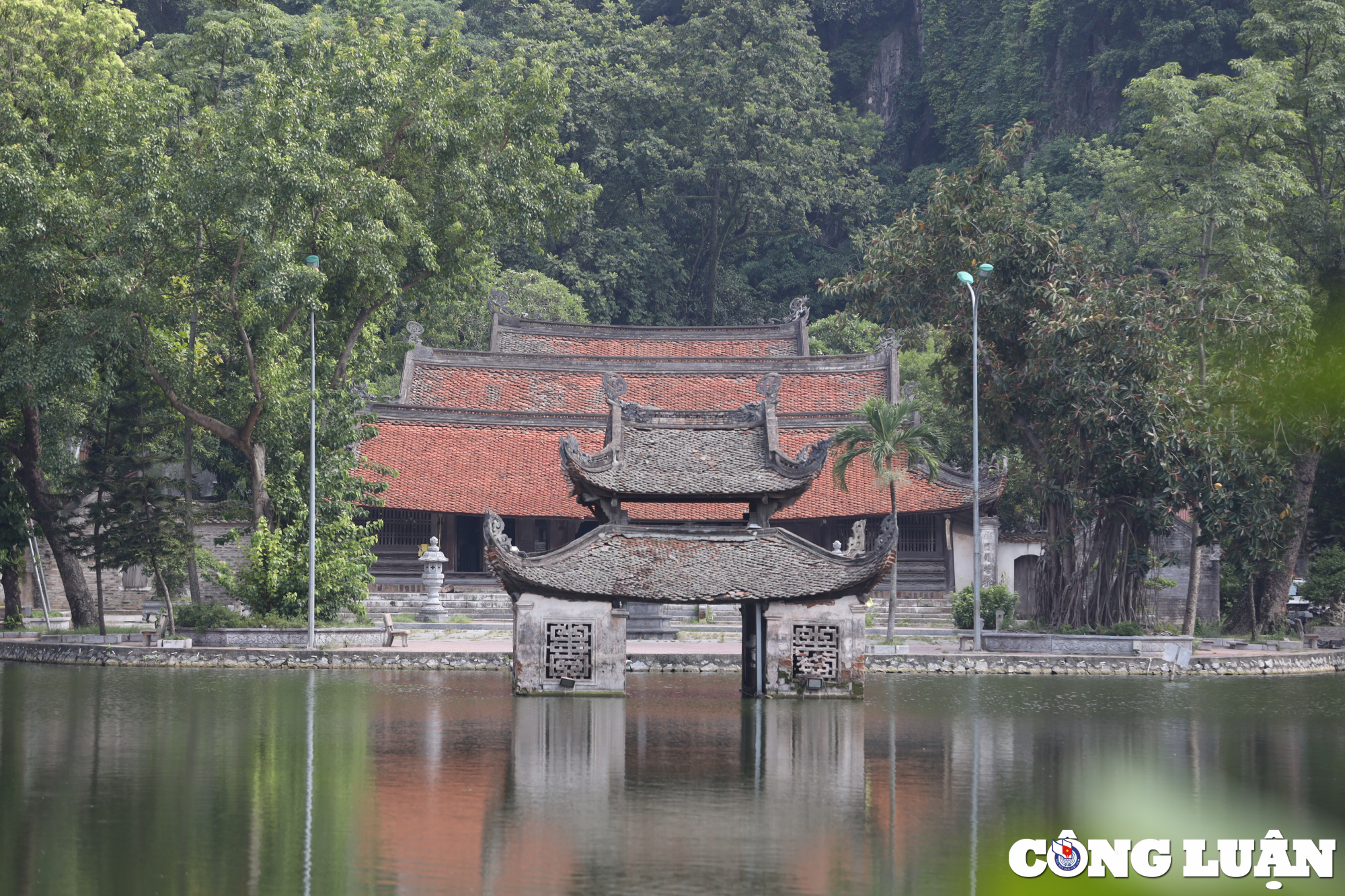
In front of Thay Pagoda is a large yard overlooking Long Tri Lake. In the middle of the lake, there is an ancient water house, which is likened to a brilliant pearl in the mouth of a sacred dragon. This place often becomes the stage of water puppet artists on festival days.

From the large yard, there are two bridges Nhat Tien Kieu and Nguyet Tien Kieu connecting to the two sides forming two dragon beards creating an ancient space.
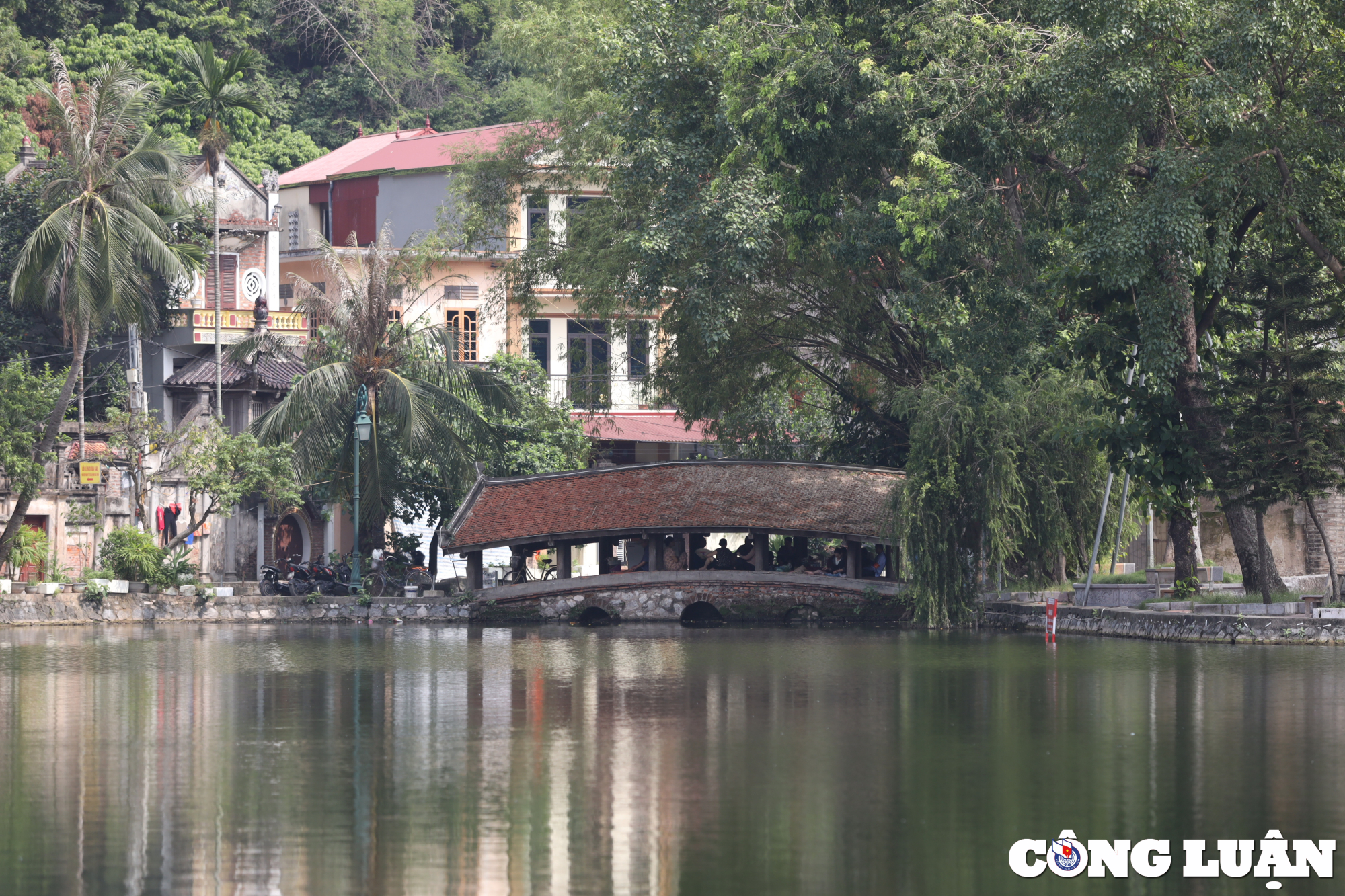
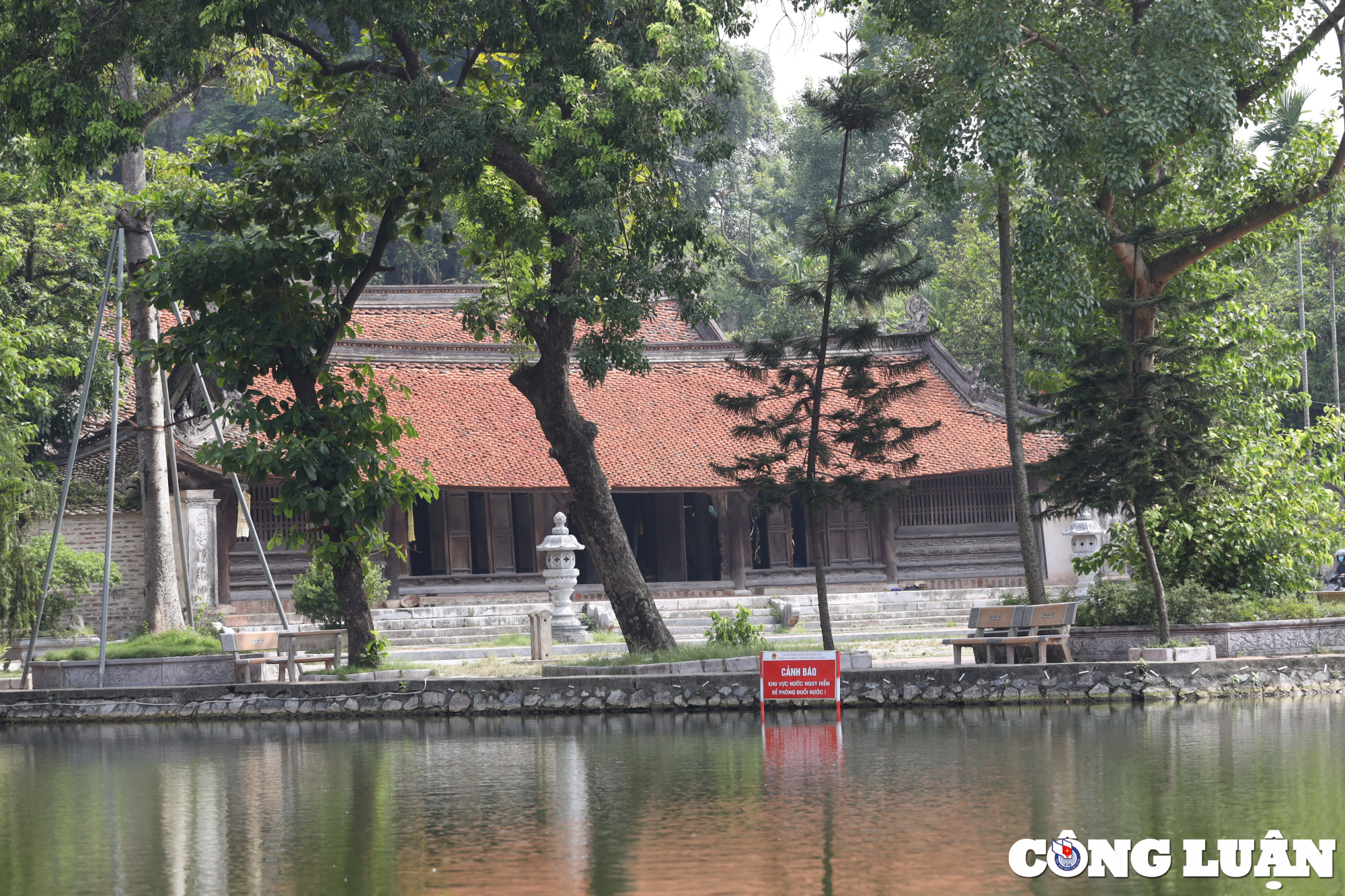
According to research, the main part of the pagoda consists of 3 buildings located parallel to each other: Lower pagoda, Trung pagoda, Thuong pagoda. The outer court is the ancestral hall or the Lower Temple, the middle court is the Middle Palace or the Trung Pagoda, the innermost court is the Upper Palace.
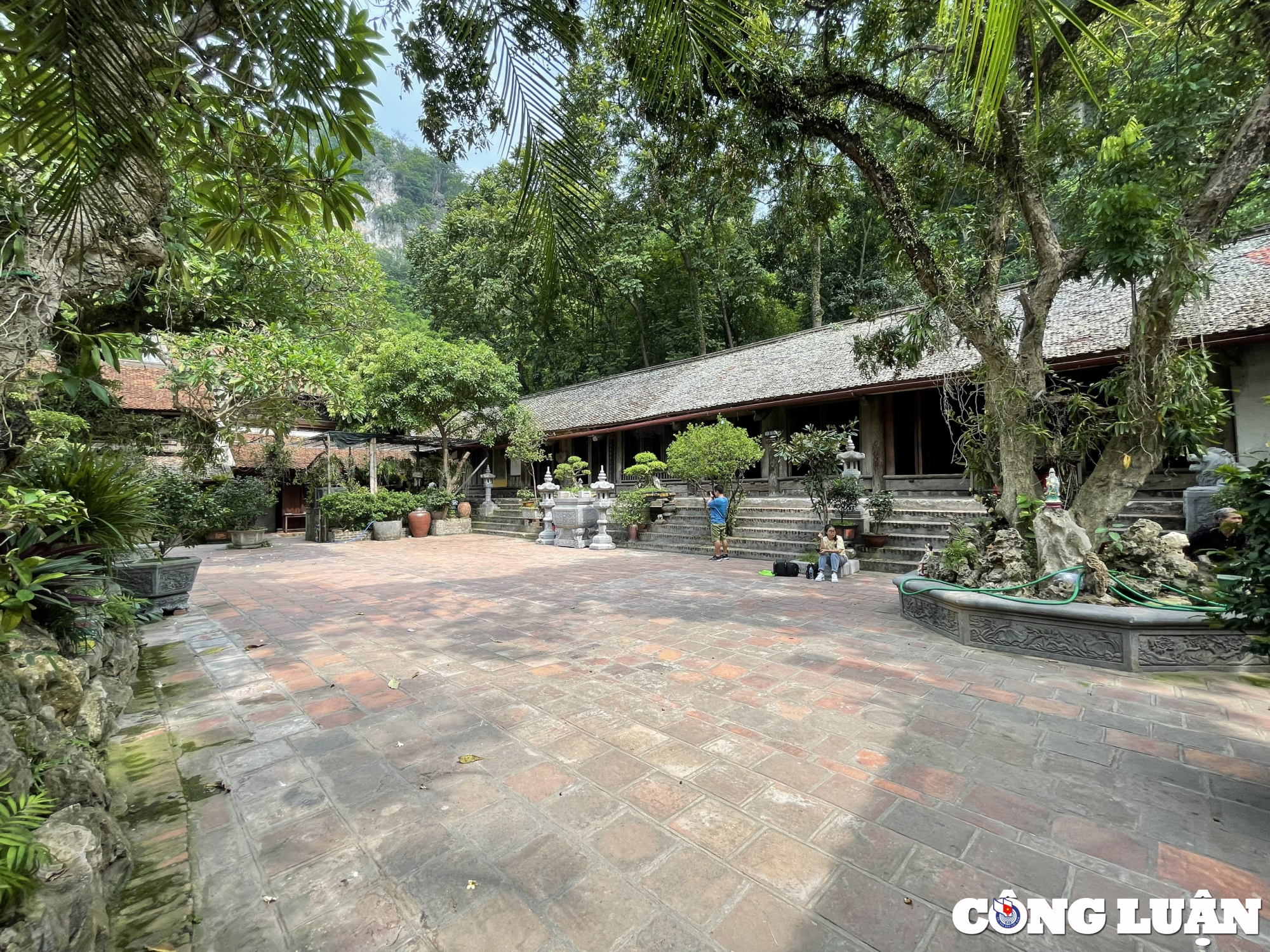
Ha Pagoda is a place of worship for Buddhist monks and nuns, as well as a place for monks to preach. Trung Pagoda is the place to worship the Tam Bao, to display the Buddha altar, on both sides there are 2 statues of the Dharma protector and the statue of Thien Vuong. Thuong Pagoda is located at the highest position, separate from the Lower Pagoda and the Middle Pagoda, where the statue of Di Da the three venerable ones, the statue of Thich Ca, the statue of the three kalpas (the Sangha, the Buddha and the Emperor) of Zen master Tu Dao Hanh.
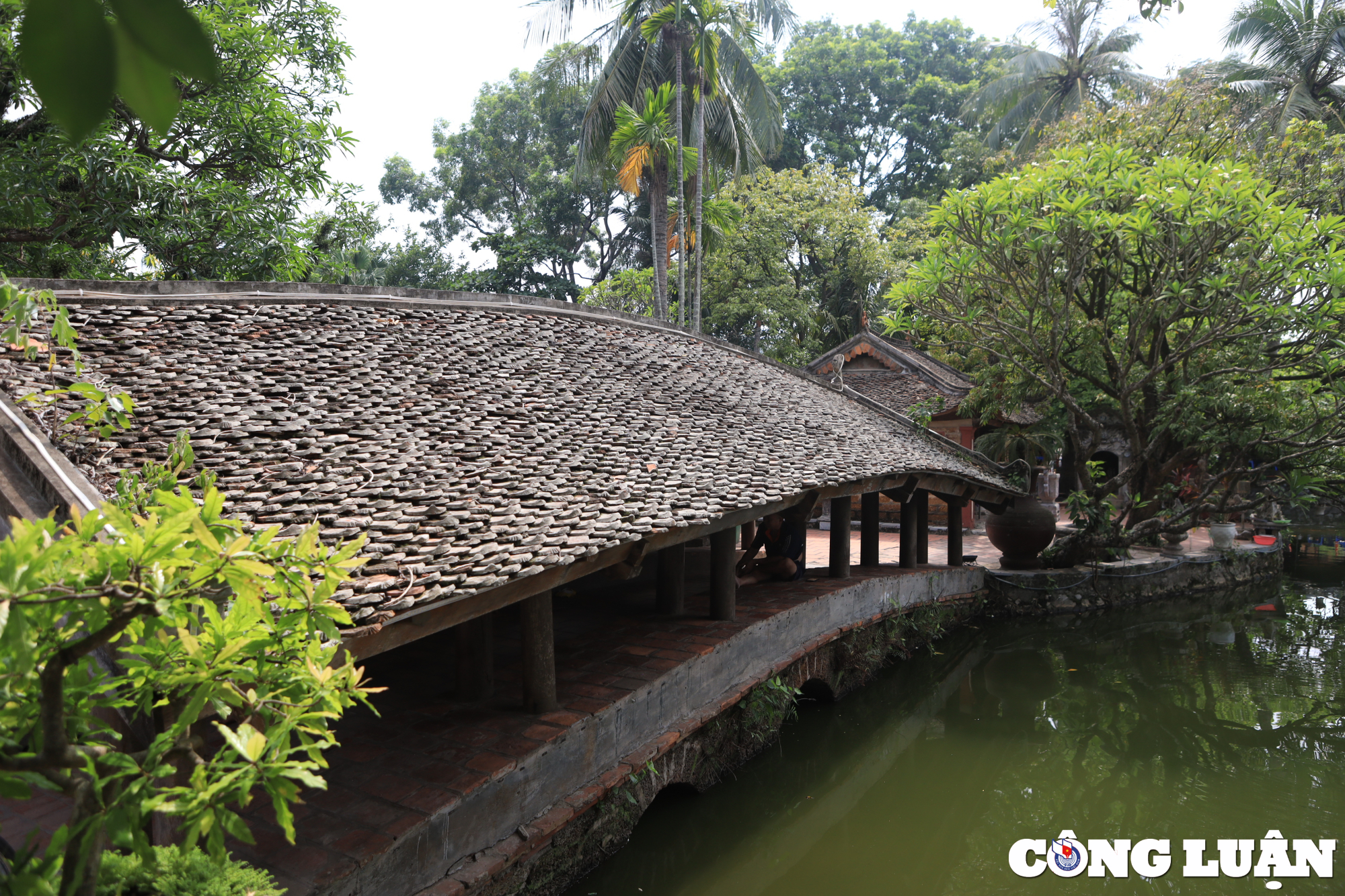
The area of Nhat Tien Kieu and Nguyet Tien Kieu bridges at Thay Pagoda.
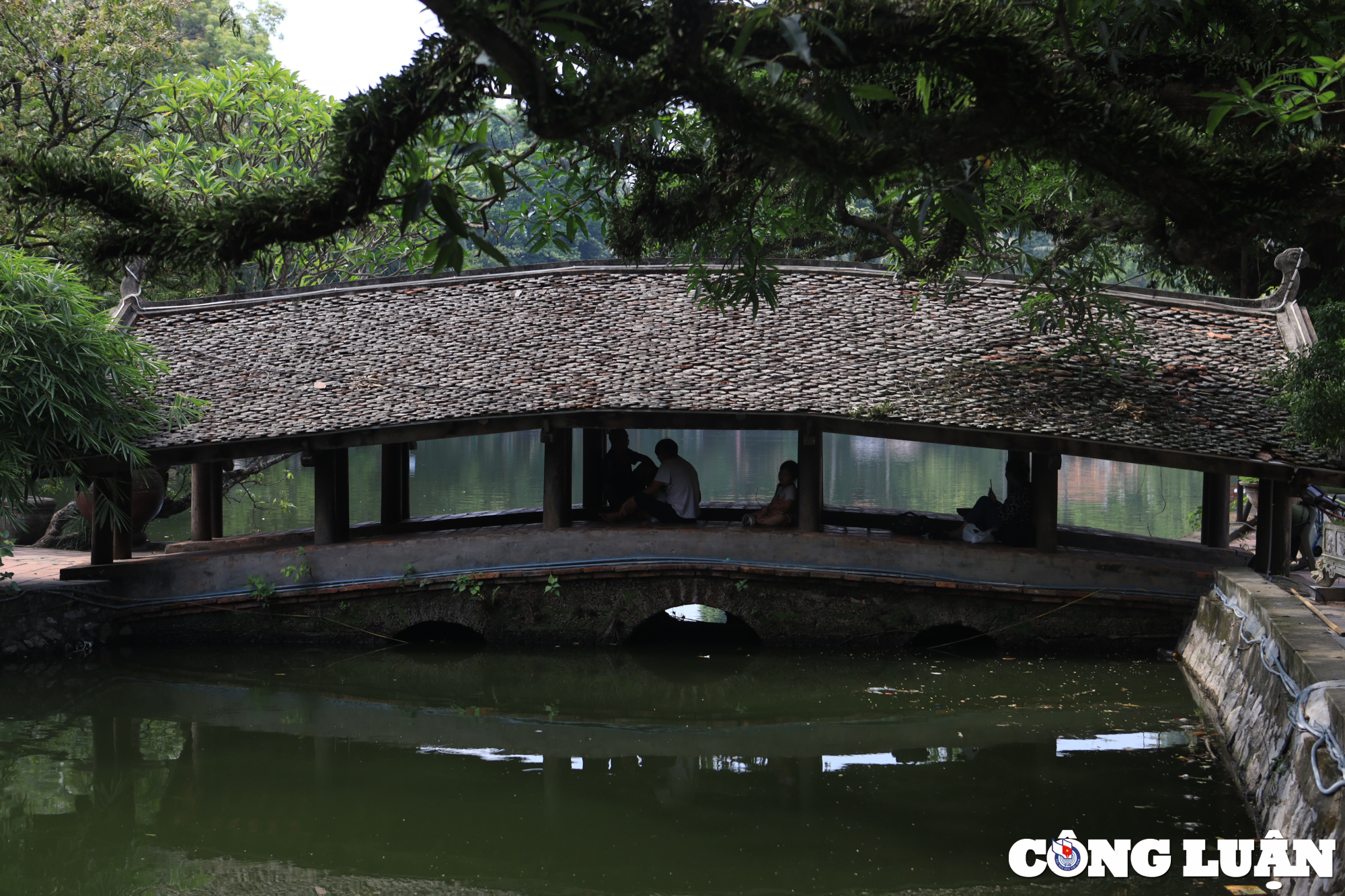
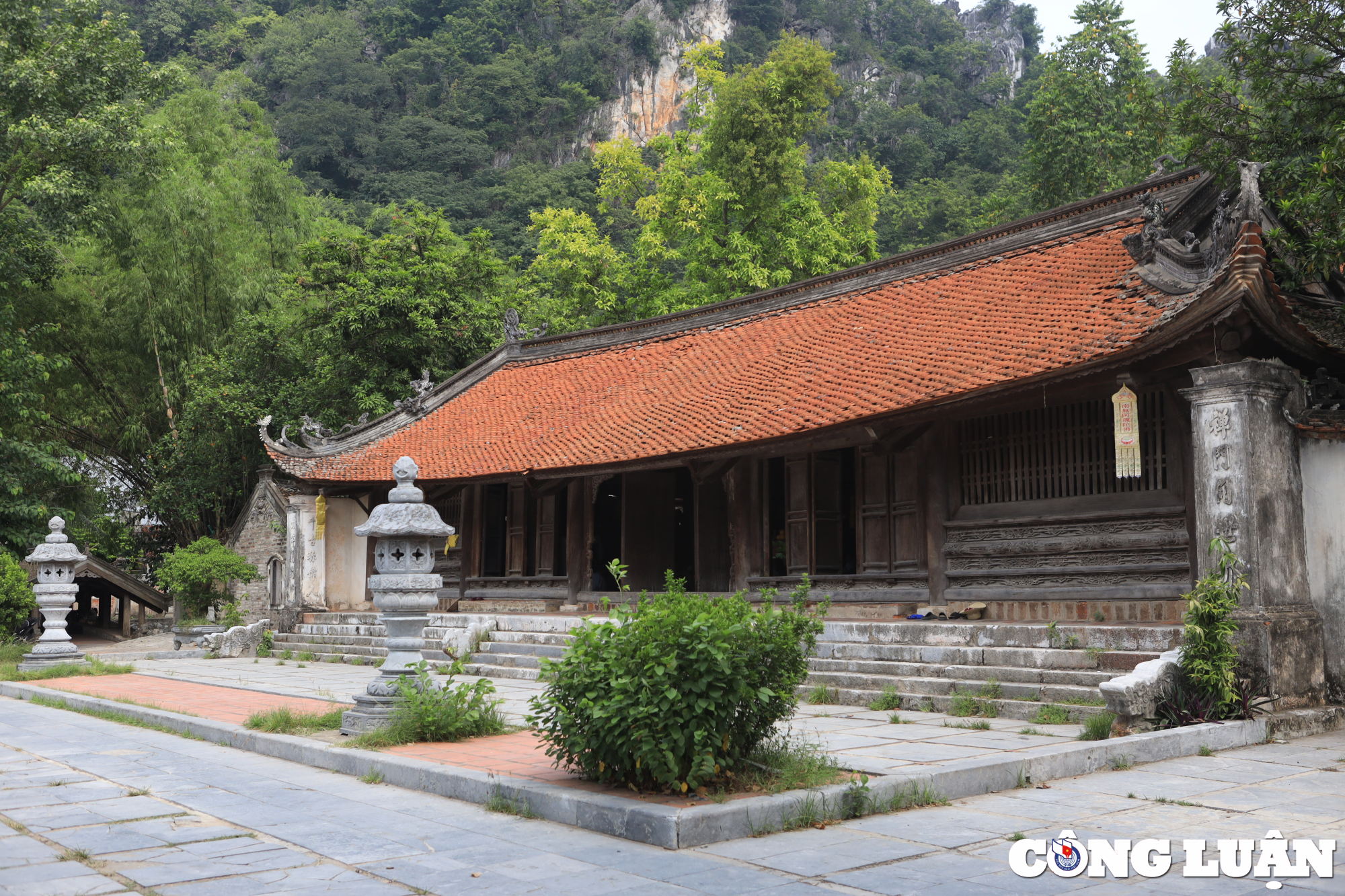
Thay Pagoda is designed in a unique artistic architectural style, bearing the characteristics of the 17th century. Every detail is delicately carved on the roof, columns, doors... all show the spirit and culture of the Ly dynasty nearly a thousand years ago.
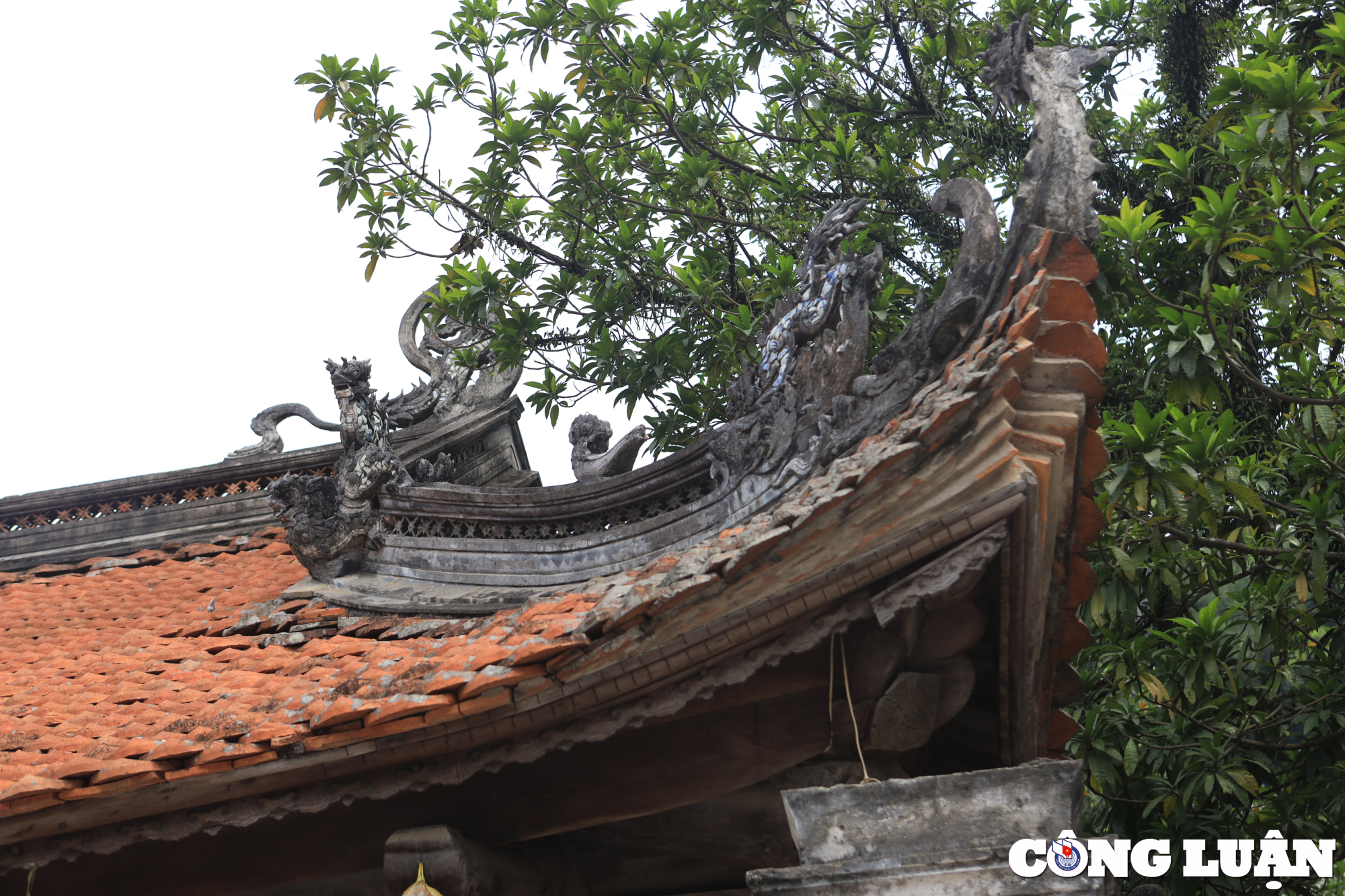
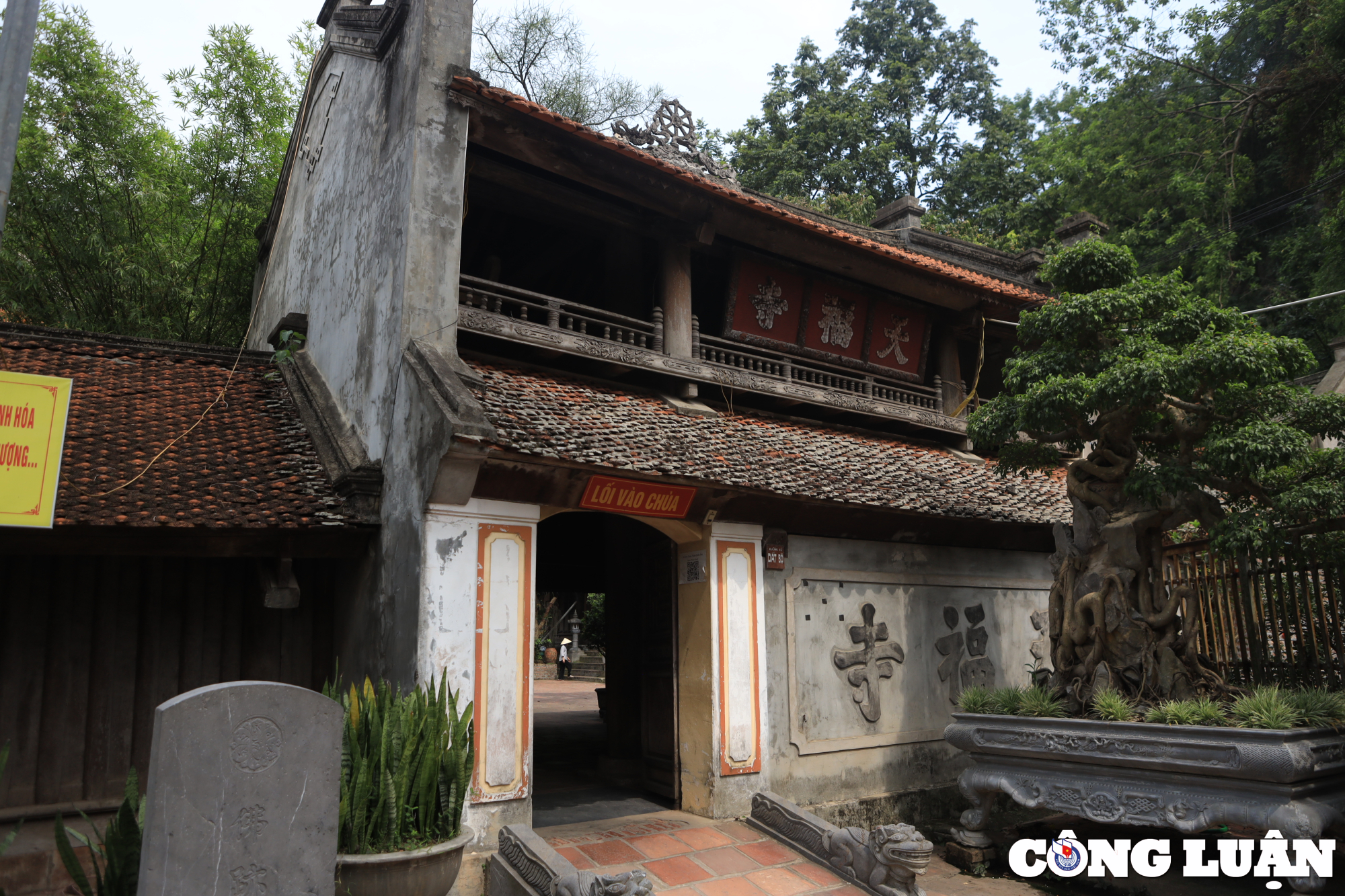
With historical and cultural values, Thay Pagoda is officially recognized by the State as a special national relic.
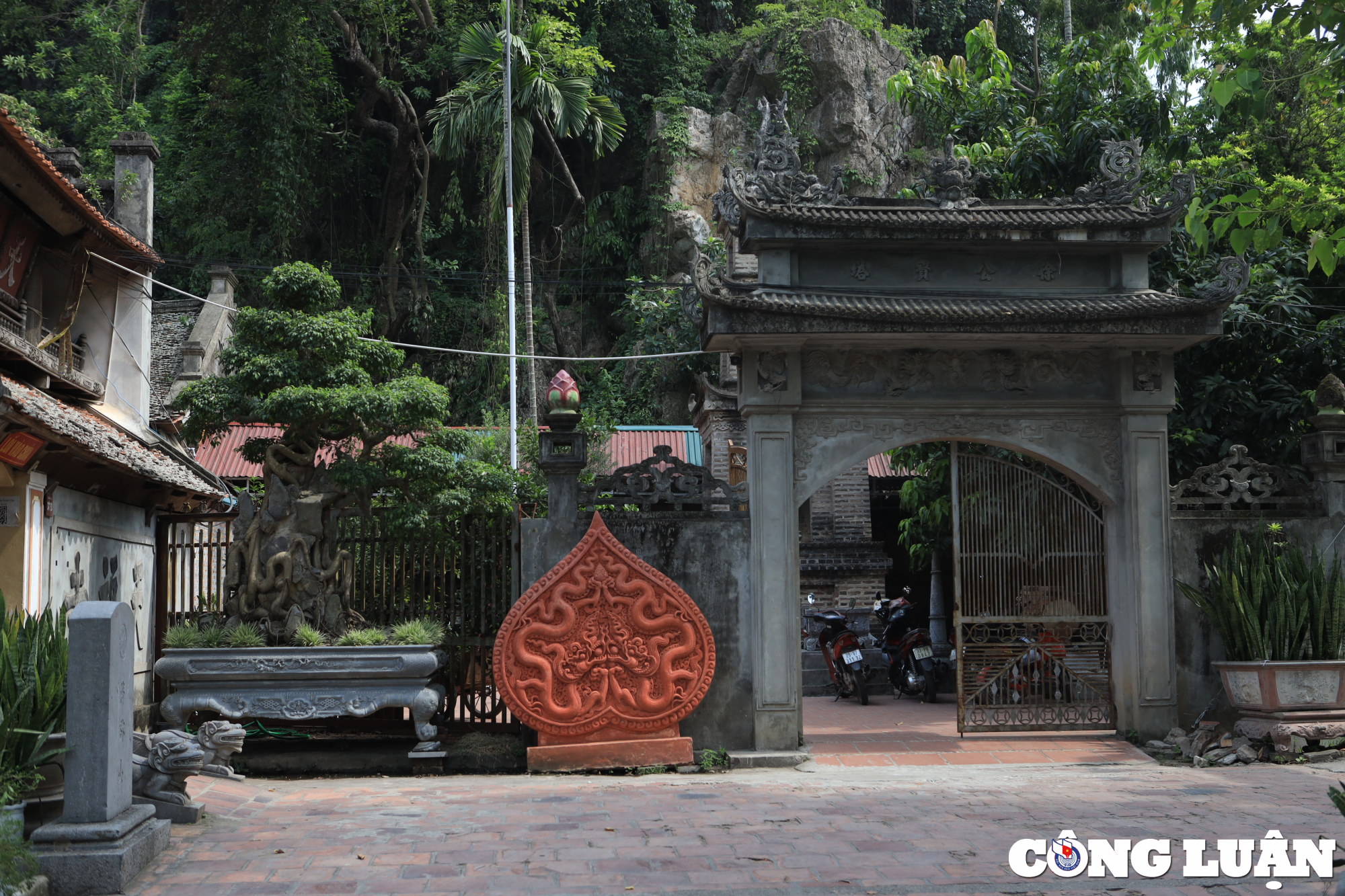
The back gate area at Thay Pagoda.
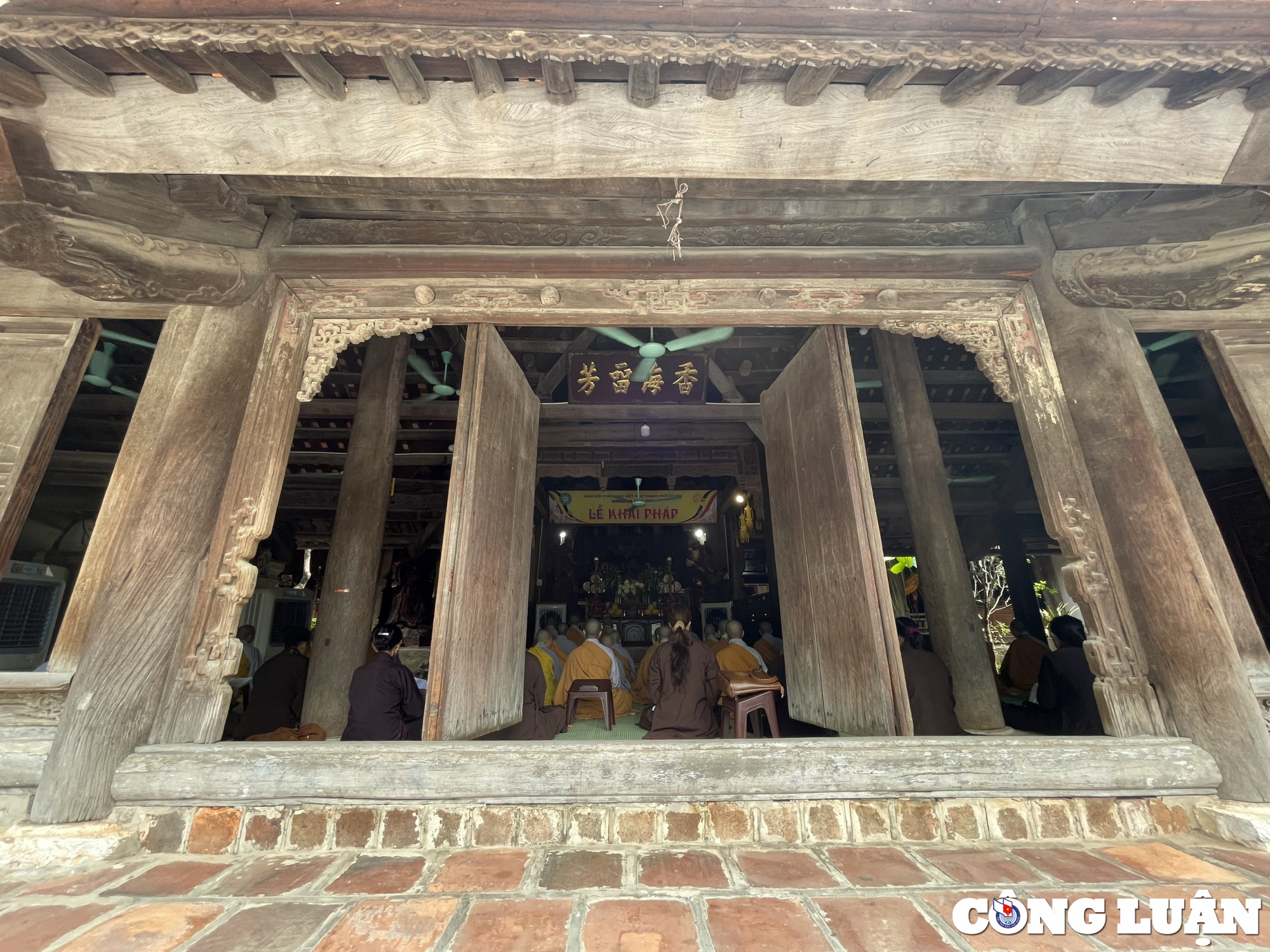
Buddhist monks and nuns are chanting sutras at Thay Pagoda.
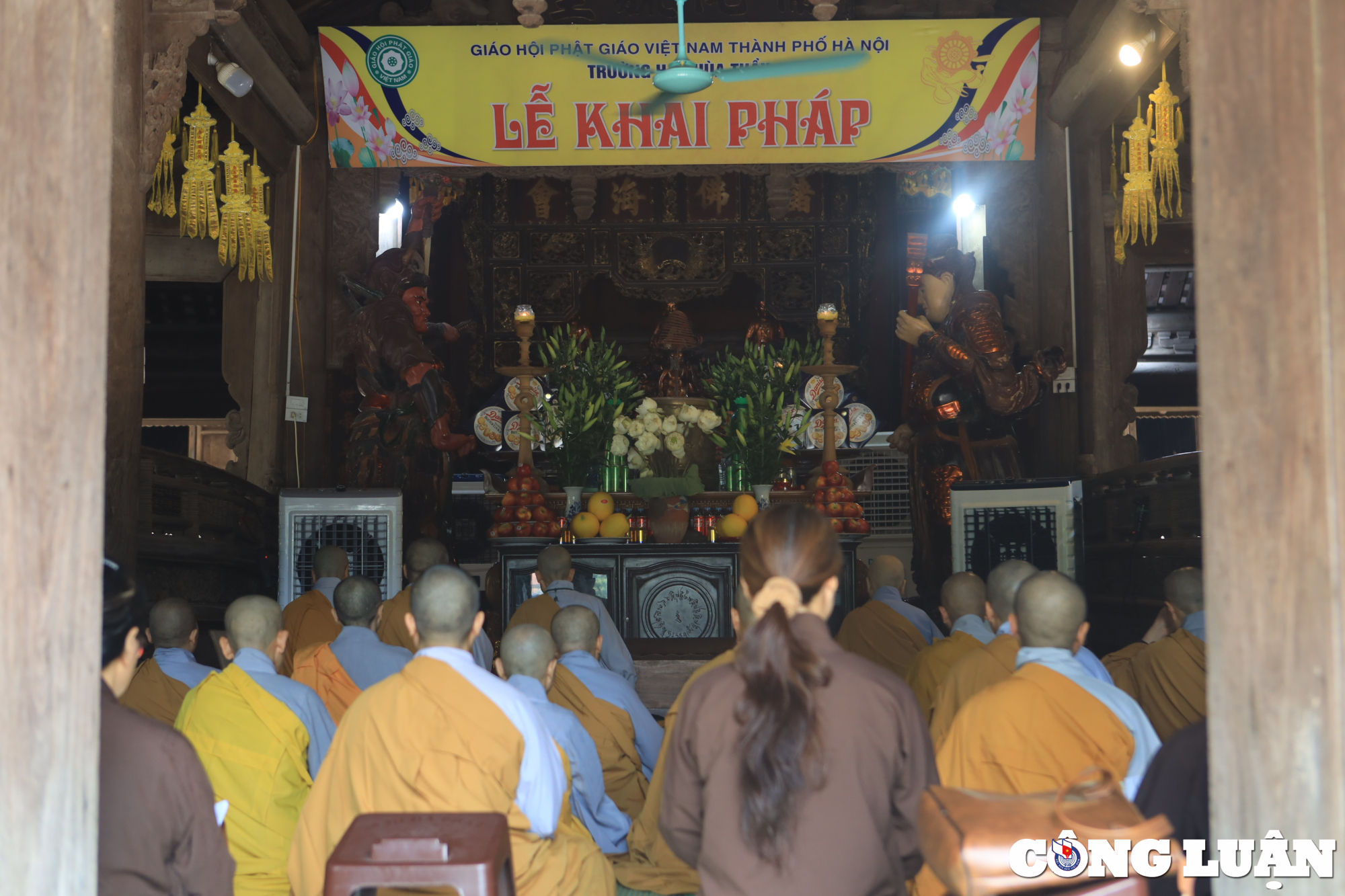
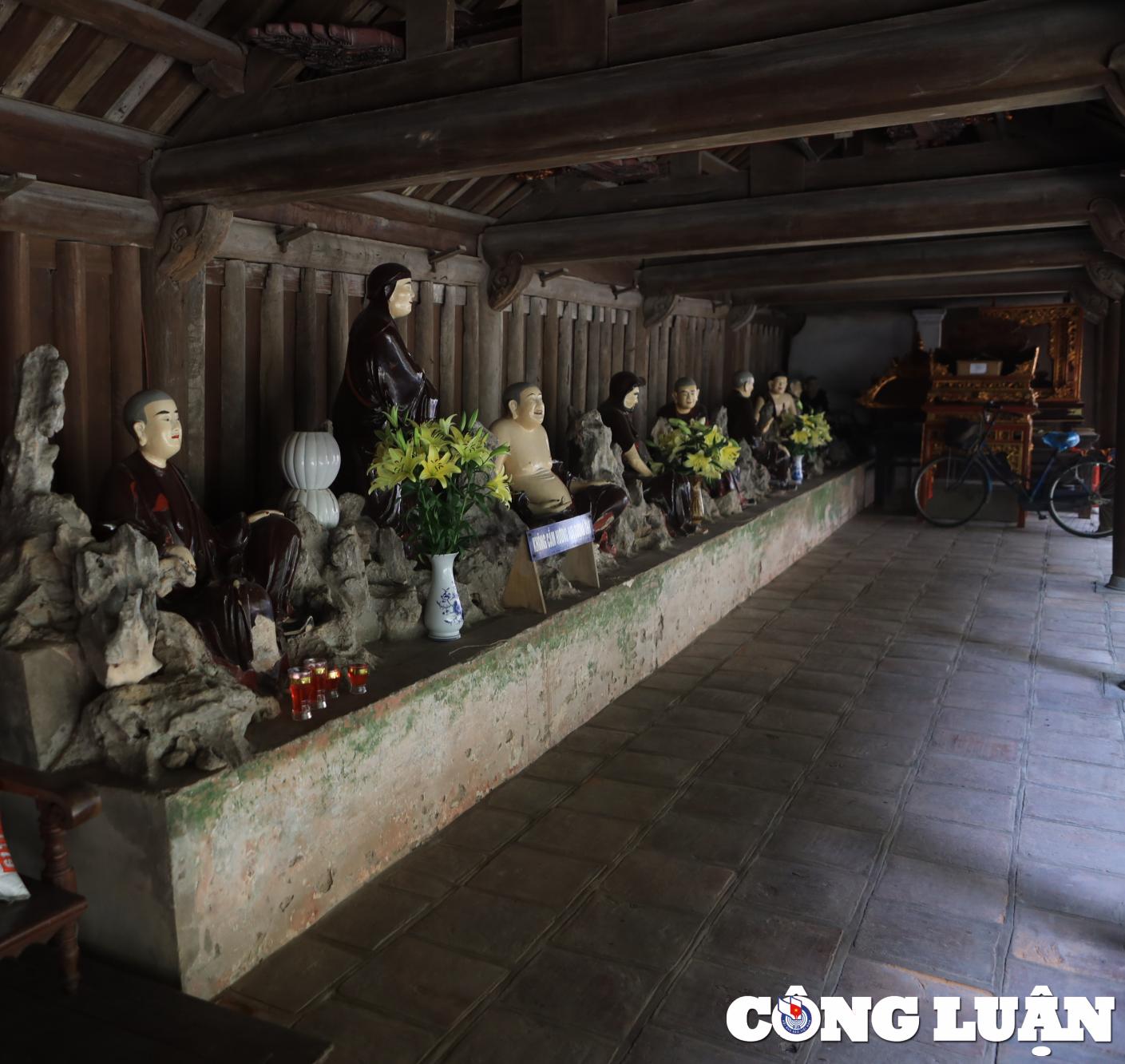
In particular, in Thay Pagoda, there are statues of Mr. Tu Vinh and Ms. Tang Thi Loan who are Tu Dao Hanh's parents and two of his close companions, Zen Master Minh Khong and Zen Master Giac Hai.
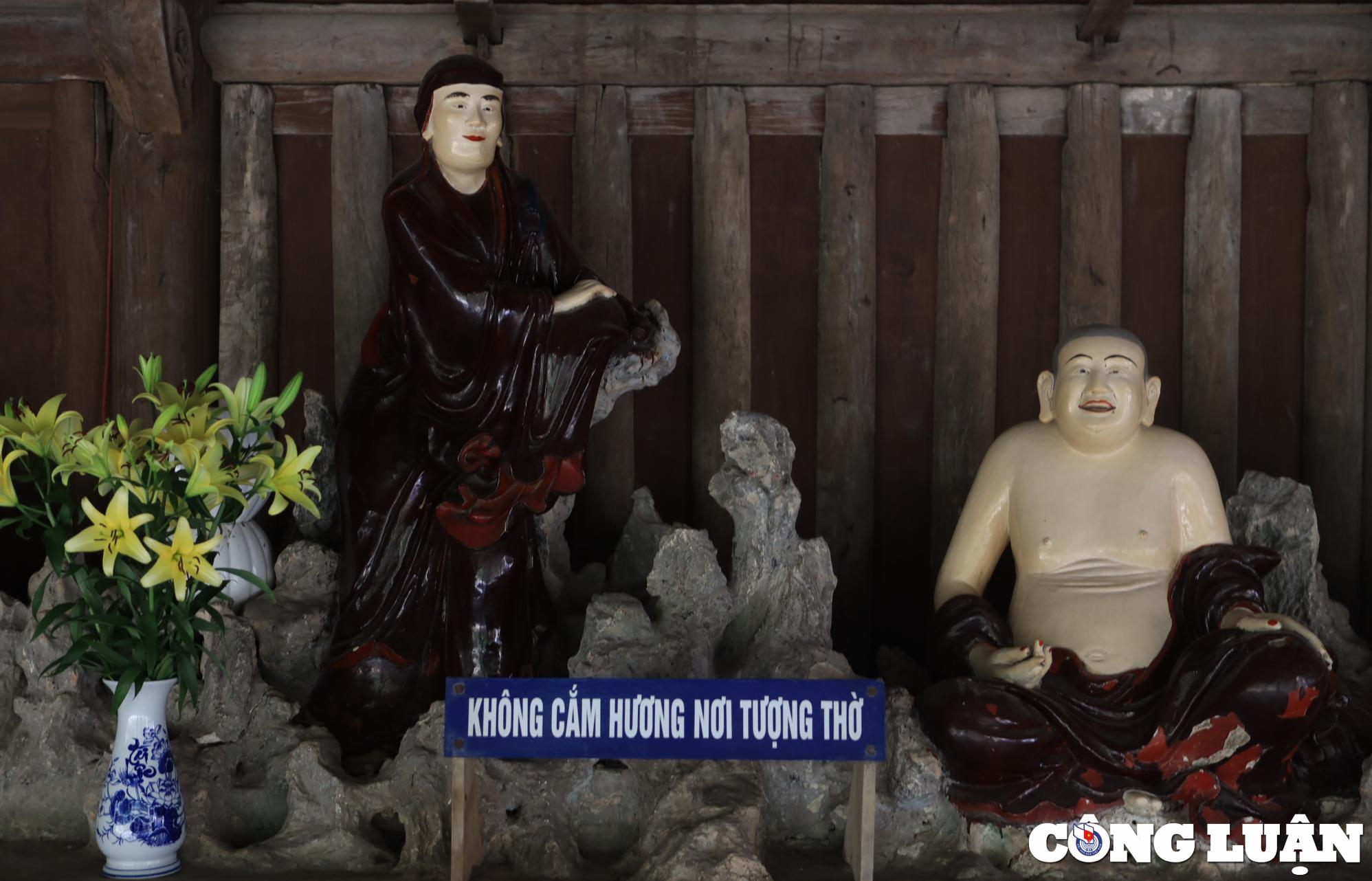
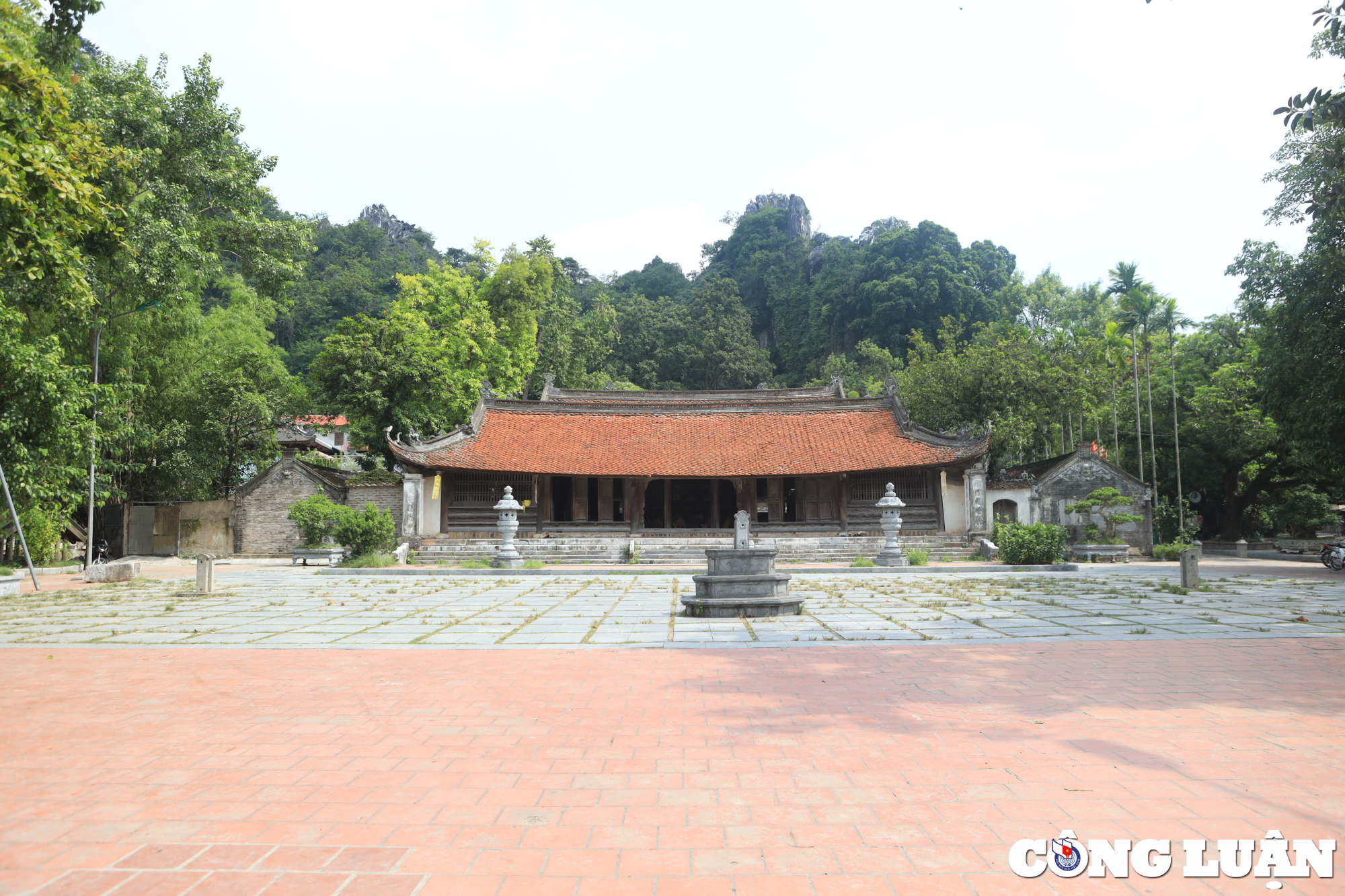
The traditional festival of Thay Pagoda is held from the 5th to the 8th of March (lunar calendar), the main festival is on March 7 every year. The Thay Pagoda festival consists of two parts, the ritual part and the folk performances. At present, the pagoda still preserves the main rituals such as: the ritual of carpentry, the ceremony of worshiping the tablet - the ceremony of worshiping the seat, the sacrifice ceremony and the procession ...
Hanoi
1227 view
Update day
: 28/07/2023
Tin và ảnh: Trung Nguyễn

 vn
vn en
en ja
ja ko
ko zh
zh























































